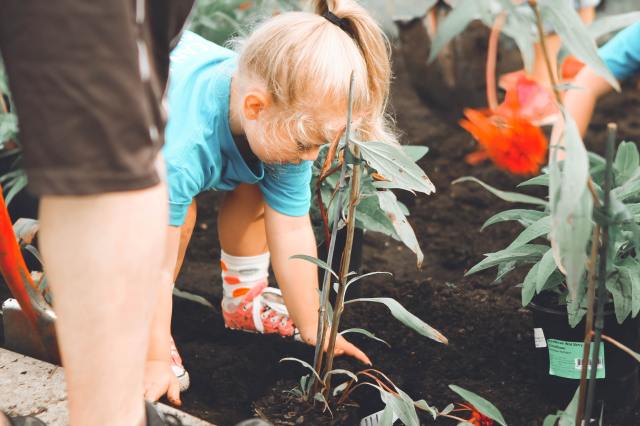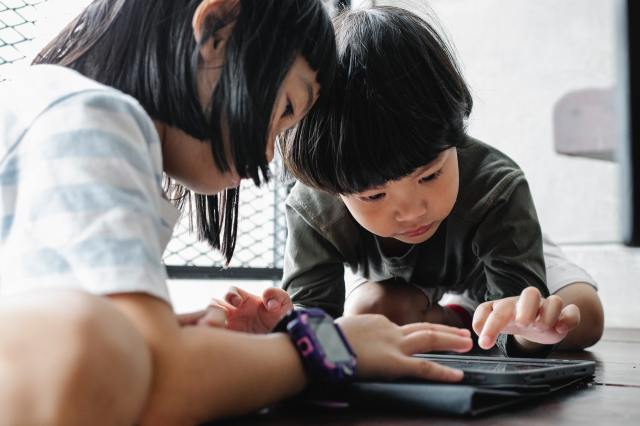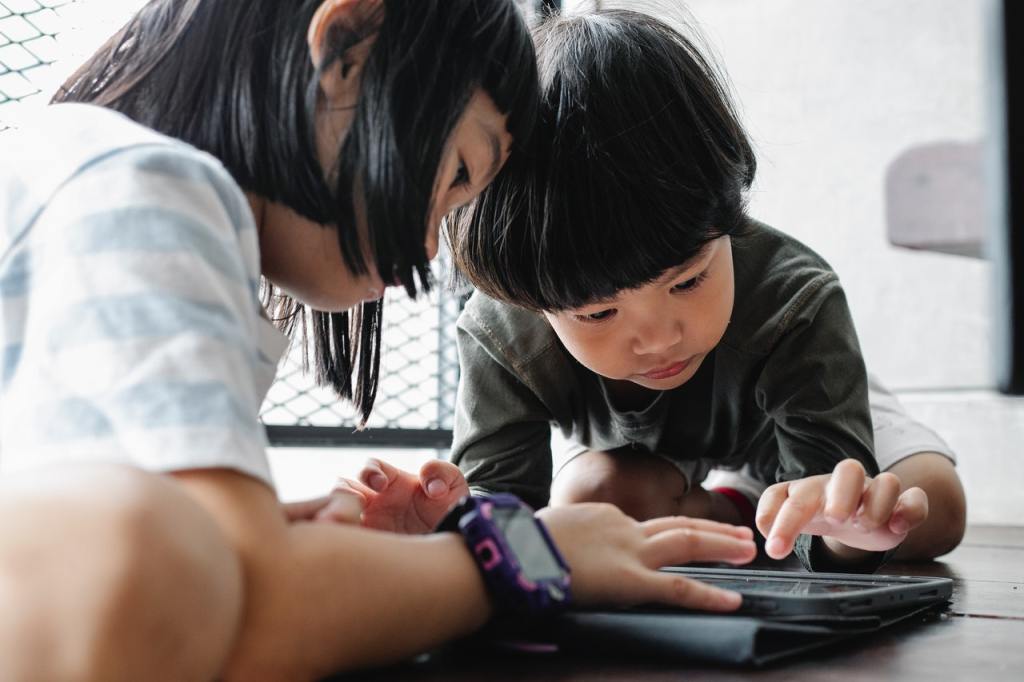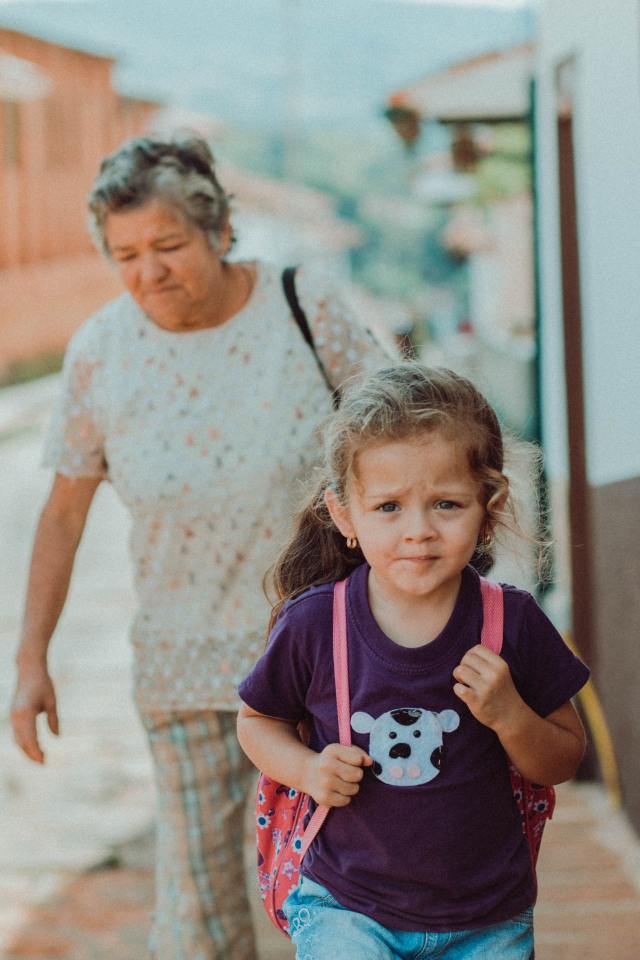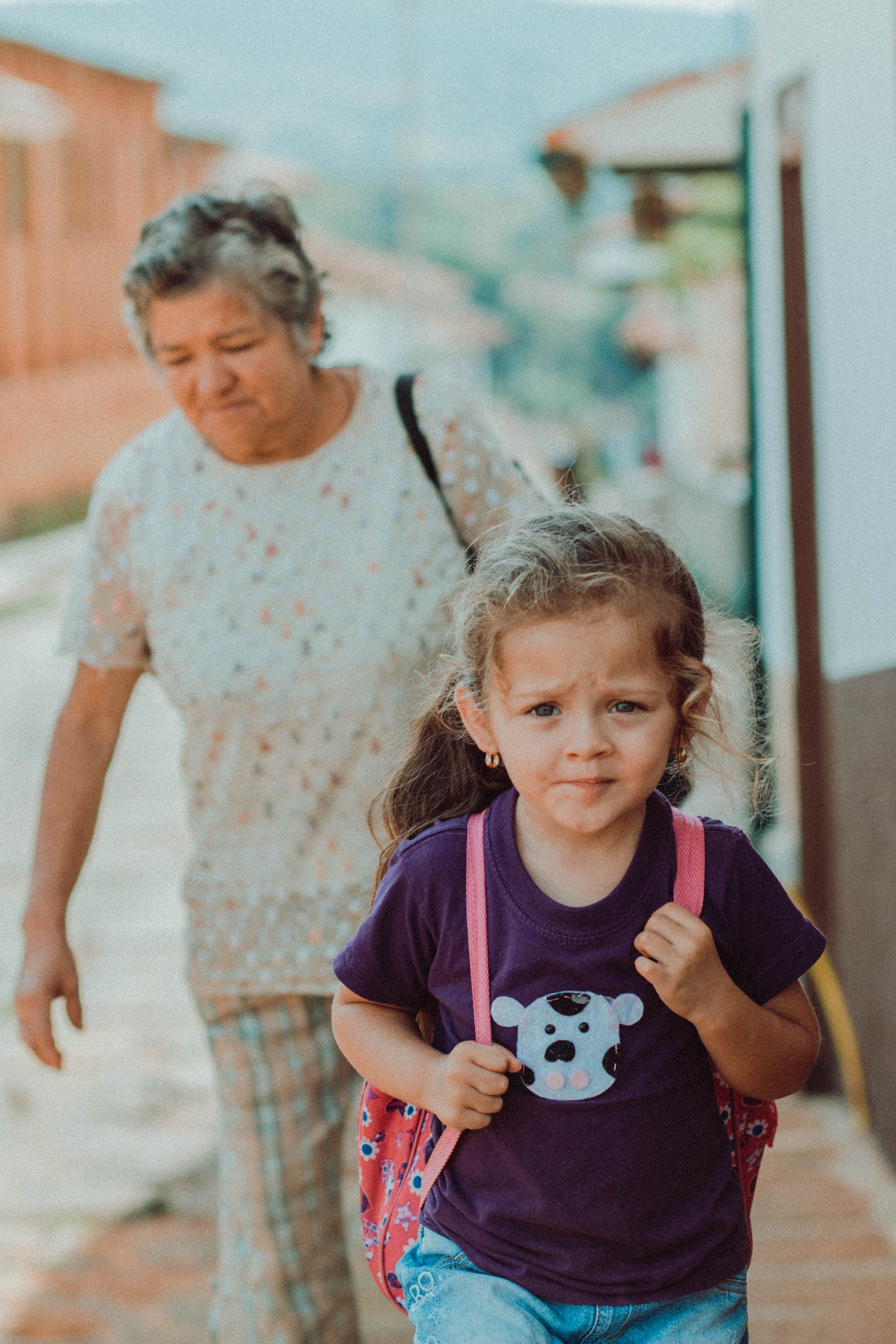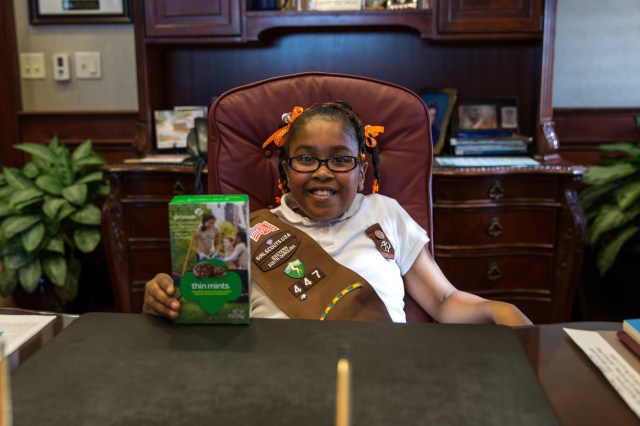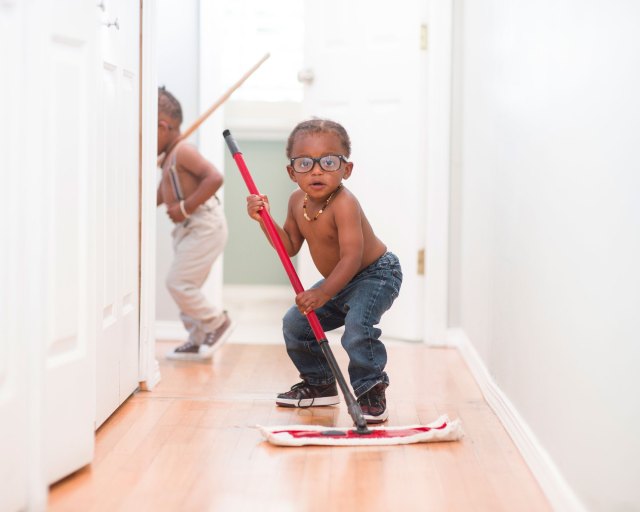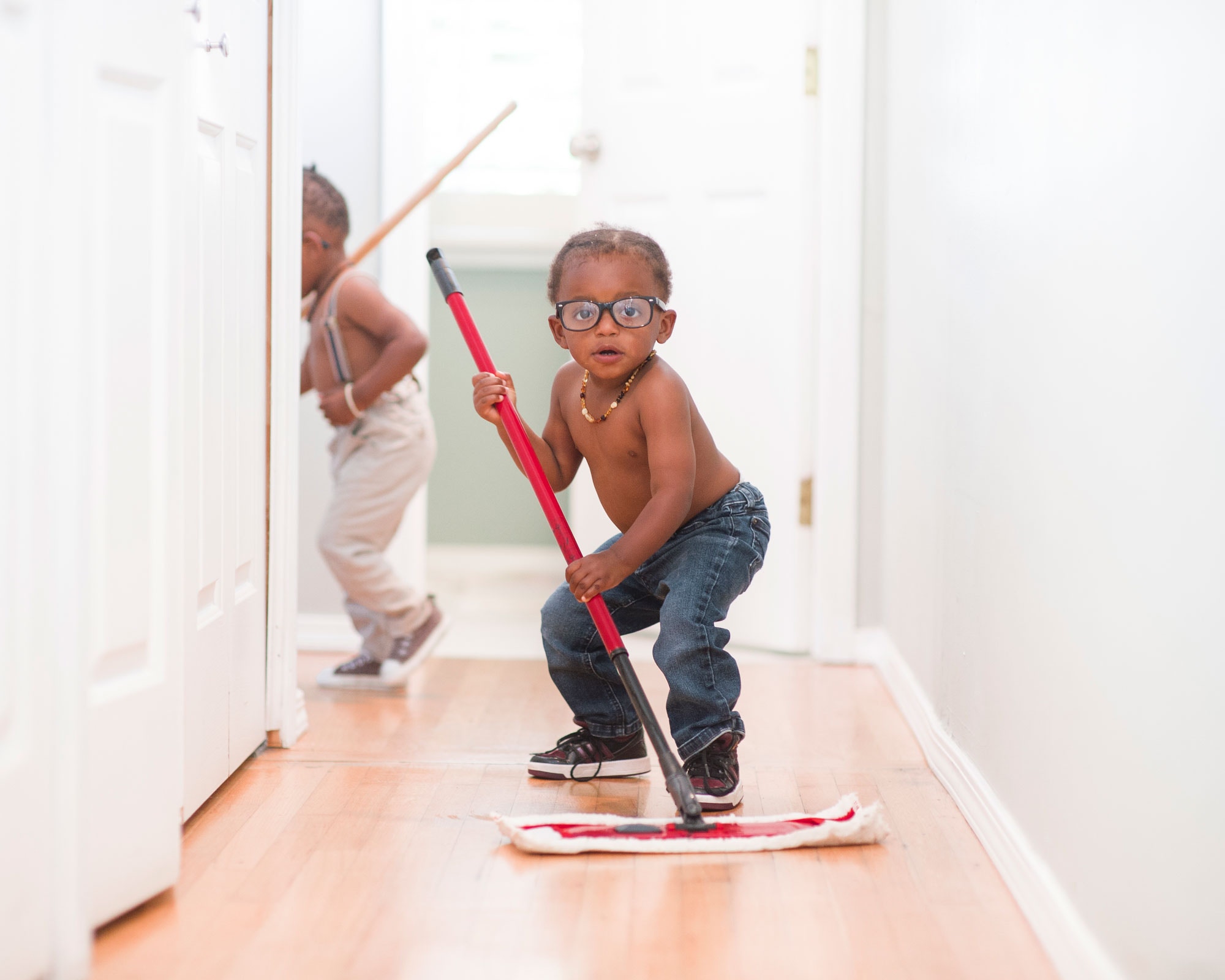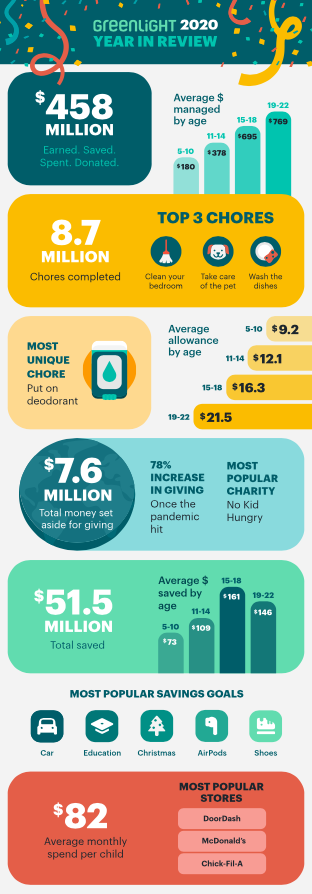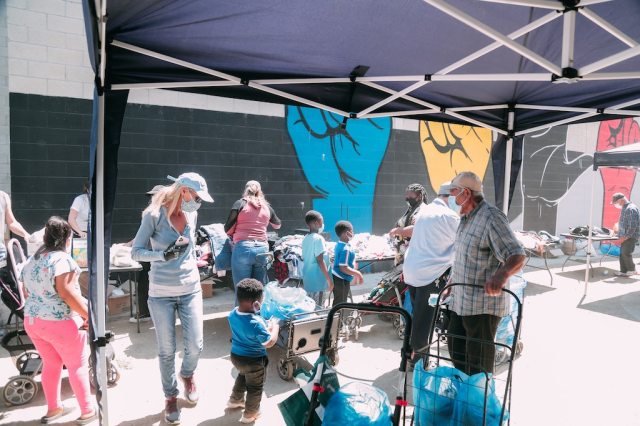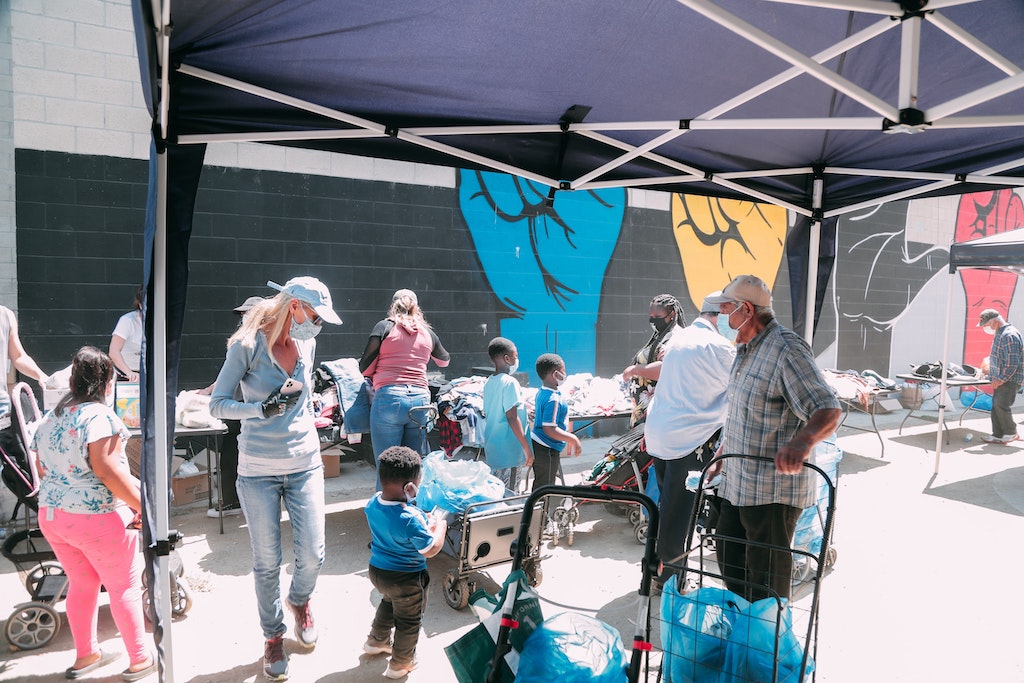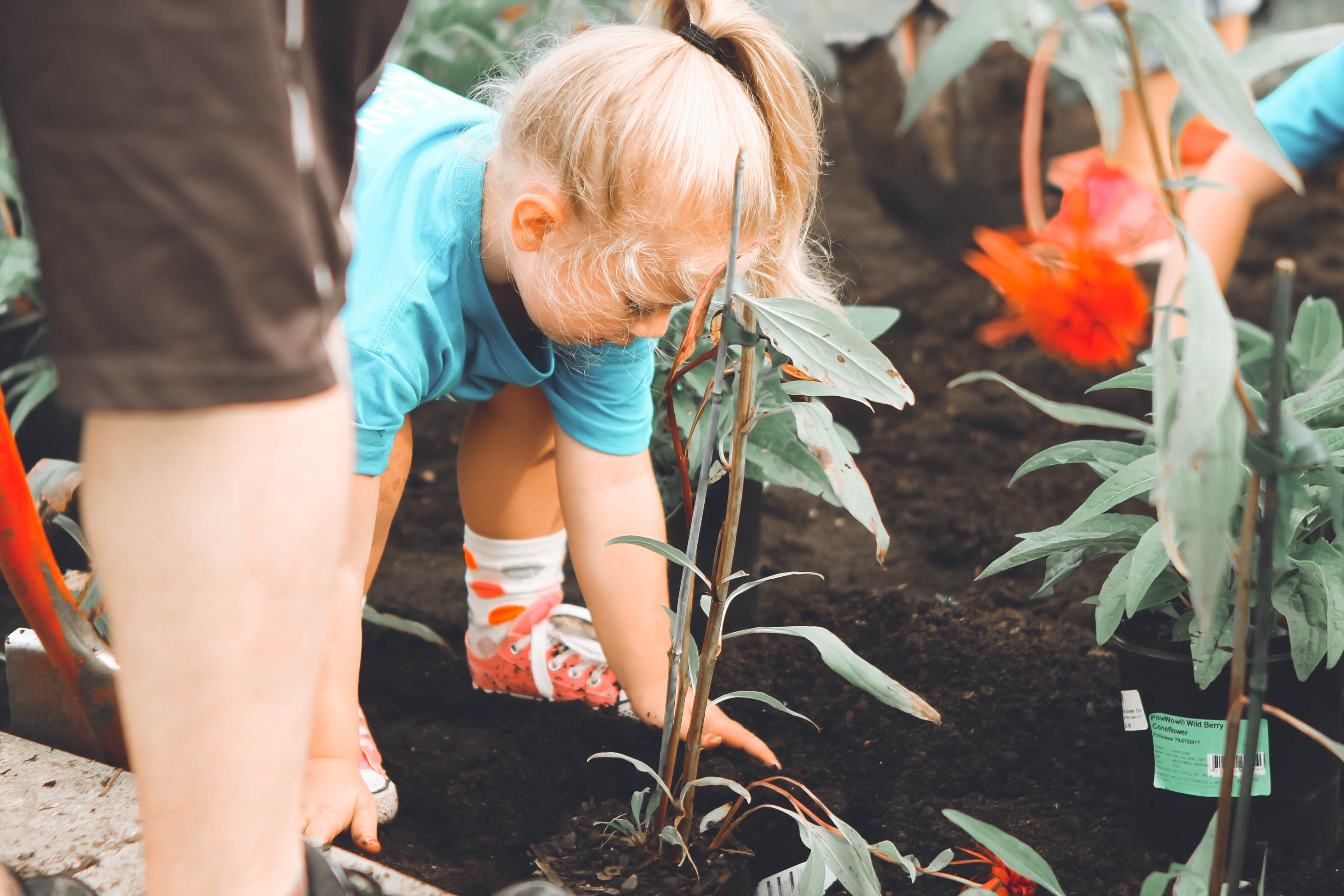
Kids have a natural empathy, especially for other kids. When kids see someone struggle, they automatically want to help. As parents, it’s up to us to encourage them into volunteering, by putting them in the right situations and circumstances (safely organized, of course). The camaraderie and energy developed during these projects build self-esteem and inclusiveness. It’s also fun to incorporate a cool activity with a volunteer project or trip that gives everyone something special to look forward to and builds amazing family memories together.
Here’s a shortlist of tips to get started modeling, teaching empathy, and giving:
1. Be their example! Getting your kids interested in charity and volunteering begins at a young age, primarily through examples you set.
Anything on a large scale, like cleaning up after a natural disaster or traveling to a foreign country to assist in aid projects, is great, but not really the easiest place to start for most kids. Doing small meaningful things in your own community is the best place to start. And every parent knows if you model a behavior often enough, the little ones will follow. Be proactive with your own empathy by “adopting” families during the holidays (YMCA is a great place to find holiday requests), have children share part of their allowance to donate to their favorite charity, or organize an outdoor walk—a fantastic way to stay socially distanced, but also give back in a fun way!
My son organized the “Brooks’ Buddies” walk to benefit JDRF (Juvenile Diabetes Research Foundation). He’s living with Type-1 diabetes and loves sharing his knowledge about diabetes with friends and family every year. This takes a little bit of planning, some social media outreach and signs around the neighborhood. The funds collected are then sent to your child’s charity of choice. Brooks got pretty creative with this project: he designed his own t-shirts and had an outdoor party after to thank everyone that participated. This initial drive to help friends understand his disease has helped to foster a philanthropic spirit in him.
2. Have them look at the world around them! Open your child’s mind for everyday opportunities to do good.
Do your kids write thank-you notes? Not just for gifts but for the kindness of others? If a family takes them on a trip or out to eat, why not acknowledge how fun it was with a note? What if a teacher helps through a tough spot, acknowledge their kindness. This manifests gratefulness and accountability.
Keep them involved in some sort of spiritual community. Take them out into nature and teach them not only to respect other human beings but also our world and the creatures in it. Encourage them to help clean up the community around them on Earth Day, or make it a monthly event for the neighborhood. Get outside: hike, camp, boat, travel, but don’t just do it, engage your kids into the experience and discuss what they are grateful for and how they can pay it forward.
3. Turn it into a philanthropy adventure!
The goal is to have fun together, learn a new culture, understand the bigger picture. Pick somewhere fun that coincides with and/or coordinates with a needed project. Helping can be rewarding in more than one way. The fun coincides with the work which then becomes a habit and lasting memories are made. This does not have to be overseas—there are great Habitat for Humanity projects in our country as well as clean-up opportunities in natural disaster-affected areas.
4. Keep it simple and make philanthropy fit the child.
Volunteering doesn’t need to be an all-consuming event, I suggest starting small. For example, if your kid likes sports, encourage them to support a disabled sports team. If they love to read, have them read to kids in the hospital or help with storytime at your neighborhood library. Even donating books to a local “little library,” will foster charity in children. Designating a box for toys to donate and then having your child help make the drop-off will give them a strong sense of pride knowing they are helping. Older kids can apply for service scholarships, which is another way to help them realize the fruits of their labor.
5. Help to build awareness.
Visit national and local volunteer websites. Many of these sites, like VolunteerMatch.org, are a great way to narrow down volunteer opportunities. Plan a family field trip to expose them to an important social issue, such as homelessness, animal rescue, or helping the environment to create enthusiasm for future volunteer activities. By showing your child who and what needs help, you’re building up their problem-solving skills and helping them tap into how they can make a difference.
Encourage your children to ask, “Who can I be a superhero to today?” Talk to them about the animals in shelters and what they need to feel safe. Bring them into your pantry and ask, “Who can we share food with today?” And then start to find activities that fit your family lifestyle. If you have older kids who can walk dogs at the local shelter, then set aside time on the weekends. If your kids are younger, ask them to help you pick up extra dog food to donate to the animals in need. Giving them a sense of ownership for their philanthropy is important.
When I ask my kids, “What inspired you most to be philanthropic?” Two things always stand out:
1. Watching mom create her own philanthropic mission.
2. The different unique family opportunities like hiking adventures and spending time in senior centers made it cool.
Giving should not be seen as a chore, it should be something everyone looks forward to and should be in context with a larger adventure vs. a thing to cross off the list. Let your children give back to the world in the way that resonates most with them and their empathy will take on a life of its own.
RELATED:
16 Ways Kids Can Give Back without Leaving the House
